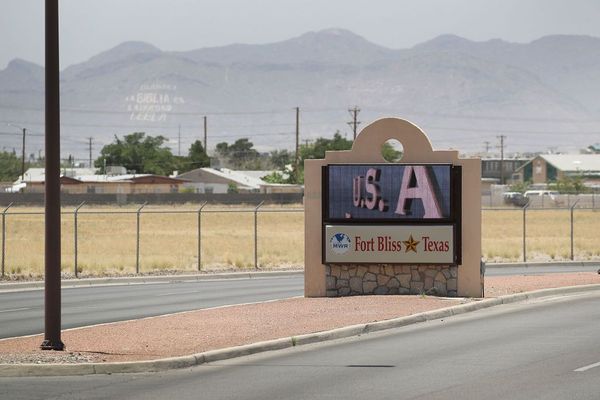A total lunar eclipse blood moon was visible from parts of the UK on Sunday evening (September 7).
Stargazers were able to see the rare spectacle for the first time since 2022.
Here’s what we know about the moon and why it was red.
What is a blood moon and why did we see it?
The Moon turned a deep, dark red, hence it sometimes being called a blood moon, as the Earth passed directly between the Sun and the Moon, casting its shadow across the lunar surface.
According to the Met Office, the Moon took on a reddish hue because it was illuminated by light that has passed through the Earth’s atmosphere and had been bent back towards the Moon by refraction, scattering blue light and allowing red wavelengths to reach the Moon.
Where skies were clear, the eclipse was visible at around 7.30pm.

There are different types of lunar eclipse including total, partial and penumbral.
The next lunar eclipse will be partial in August 2026, according to the Royal Museums Greenwich (RMG).
Blood Moon 🌙 I love shooting anything Astro, fun to get out and catch a quick glimpse of the #LunarEclipse tonight in the #UK. Shot with Canon R5 ii & Meade Tele 📷🔭#BloodMoon #LunarEclipse2025 pic.twitter.com/p4DgXPQ65M
— Charlie (@CharlieWoodward) September 7, 2025
When was the last lunar eclipse in the UK?
RMG said the last lunar eclipse (partial) was on March 14, 2025.
It said: “During this eclipse, almost all of the Moon was in Earth's umbra. However, the setting Moon was very low on the horizon and set before the total portion of the eclipse.”
Cloud cleared 30 minutes into the Lunar eclipse giving a blood moon over the Isle of Wight - seen from Lymington. pic.twitter.com/jRdOTFjwmt
— Lussas (@Lussas) September 7, 2025
Recommended reading:
-
How can you take a photo of the Northern Lights? A guide for beginners
-
Can the Northern Lights be seen with the naked eye? All you need to know
-
Why are the Northern Lights becoming more visible in the south?
Did you see the Blood Moon last night? Read more about the total lunar eclipse here: https://t.co/O3HXWawWV0 pic.twitter.com/4VtLYNmdoH
— BBC Hereford & Worcester (@bbchw) September 8, 2025
The last total lunar eclipse was on May 16, 2022 with RMG explaining: “This total lunar eclipse was visible over South America, most of North America and parts of Europe and Africa.
“People in the UK were able to see the lunar eclipse at totality when the entire Moon turned red.
“The entire eclipse lasted for more than five hours, however, observers in the UK could only see the eclipse from 2.32am – 5.10am as the Moon had set below the horizon by the end of this period.”







